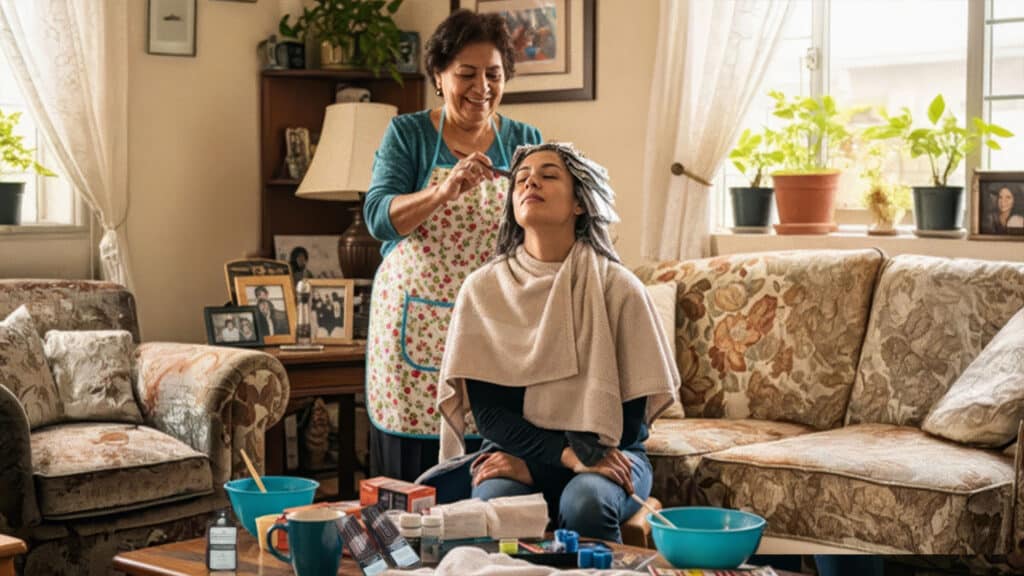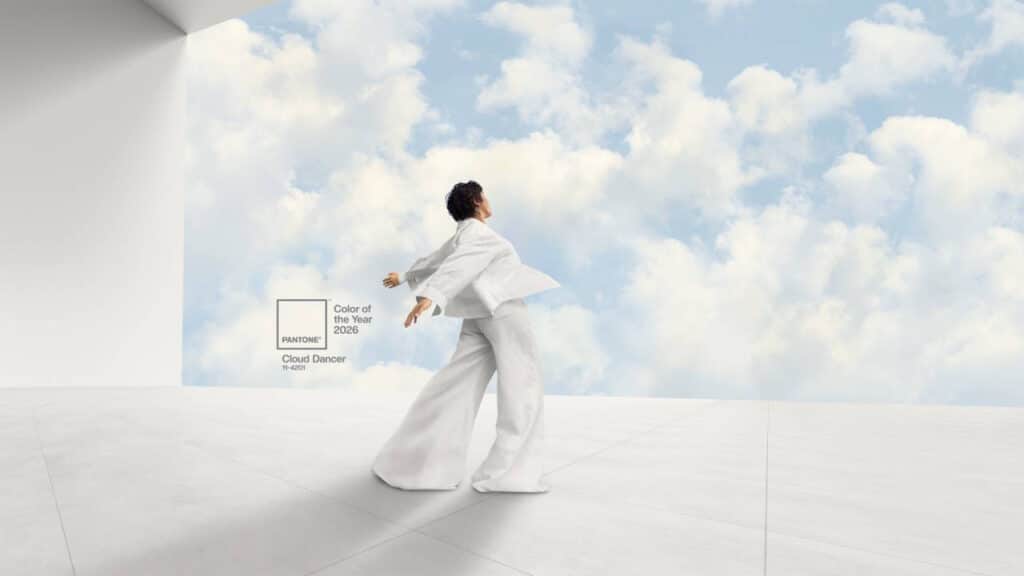More Than Just a Hairstyle, the True Symbolism Behind Mexican Braids
It’s no secret that Latin American indigenous culture is rich in symbolism, colors, and styles. Latin American indigenous women, in particular, have always known how to weave tradition with fashion — especially when it comes to hair.
While Mexican braids have been a standard headdress among Latinas, their meaning goes far beyond simple aesthetics. It is an unbreakable link to history, ethnic diversity, and the rich tradition of indigenous culture.
The interweaving of hair has always been a symbol of communal power — that there is strength in unity — and of the importance that indigenous people have always given to working together.

However, this hairstyle speaks of much more
Braiding has been a traditional practice for at least 30,000 years, dating back to the Venus of Willendorf statuette. Both men and women adorned their hair in this way in many of the early civilizations of Western Asia, Asia Minor, and Africa.
Simultaneously, in the Americas, braided hairstyles have always been widespread among many indigenous peoples. From the Quapaw in the north to the Saraguro in the south, braiding has always been part of identity and folklore.
But for Latinas, braids are a fundamental component of identity and even a communication system.
Braids as culture, revolution, and beauty
In countries like Mexico, braided hairstyles are widespread. Wearing two side braids tied with black or colored ribbons is typical of the nation.
This headdress represents indigenous identity, feminine beauty, and, in some cases, marital status.
In communities such as the Mazatec, which inhabit northern Oaxaca, southern Veracruz, and Puebla, braids express love and personal status. For example, if a woman wears both braids backward, it means that she is single. When a Mazatec woman wears one braid in the back and one in the front, it means she is engaged. But if both braids are in front, the woman is married.
The braids are also usually worn wrapped around the head, which makes it easier to carry water and food.

Braids during the Mexican Revolution
Another historical moment when braids became a symbol was during the Mexican Revolution. These warrior women, known as Adelitas or soldadoras, helped in the military contingents as soldiers, cooks, nurses, or helpers.
These women always wore bullet cheeks, a wide skirt, colorful necklaces, huaraches, and, of course, two braids. It was a comfortable hairstyle for the chore and became a symbol of revolution.
A hairstyle that traces the map to freedom
In other Latin American cultures, braids were also a symbol of freedom.
During the Spanish colonial invasion, some 200,000 enslaved people arrived in Cartagena de Indias (present-day Colombia) between 1500 and 1641. Braided hairstyles went from being an ornament to a sort of identity document. You could know a person’s origin, age, or social status through them.
When the enslaved people began to flee towards freedom, they did it through the maps that the women wove in their hair. According to several Colombian researchers, the women were not so closely guarded and could wander the master’s paths. Thus, they memorized the paths and wove them into the hair of girls and adolescents.

Men who wanted to escape from slavery would look at the girls’ heads to know which route to take and not be stopped.
The troop was the people fleeing into the bush, but it was also the line of hair woven from the forehead to the nape of the neck. If there was a flat part or a river, the braid deviated from the nape of the neck to the ears. The bows or knots indicated landmarks such as a tree or a path. The hair formed furrows if the ground was very marshy.
“The braids showed the paths that our black Africans had defined as an escape route, and they also kept the seeds that would later be used to grow crops on the land where they would arrive so as not to die of hunger,” Fabiola Ruiz, an Afro leader from Cali, told EFE.

A symbol immortalized in history
Although the braid has deep roots in the past, characters such as Frida Kahlo, Aurora Reyes, Lucha Reyes, and even Maria Felix popularized the hairstyle and brought it to other audiences.
With the rise of the civil rights movement, the braid went from being a cultural element to a symbol of emancipation.
Historical records have shown that it was a common practice in colonization to cut the braids of enslaved people to exert power through humiliation. After the abolition of slavery, black and indigenous women had to opt for other hairstyles in order to get jobs.
“A braid was a sign of unsophistication, a downgrade of [a Black woman’s] image,” said Lori L. Tharps, associate professor at Temple University and coauthor of “Hair Story: Untangling the Roots of Black Hair in America.” “African-American women wanted to look citified. With their newfound freedom, many chose to assimilate, and straight styles became the norm.”
However, the civil rights movement transformed braids into symbols of power. Chicana and African-American women alike embraced the hairstyles with pride, reaffirming identity and rejecting Eurocentric precepts of beauty.
Today, although fads such as the “coquette” aesthetic have made braids, ribbons, and buns viral, the reality is that they are much more than a TikTok trend. Braids were and will always be a symbol of roots, culture, authenticity, and freedom.




